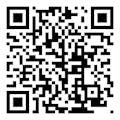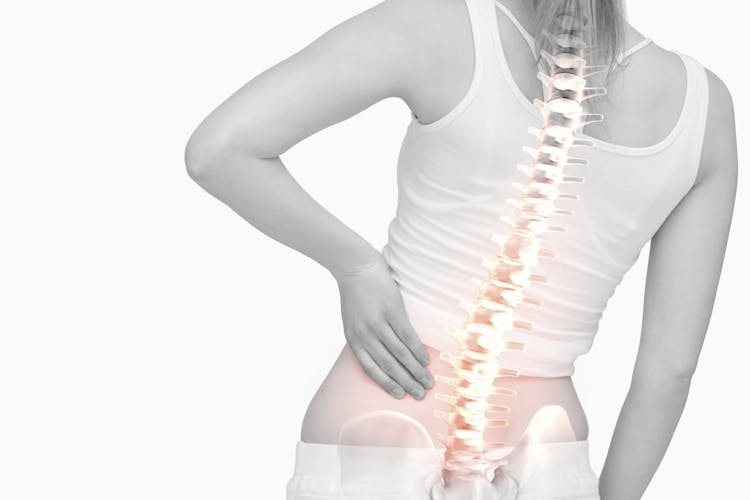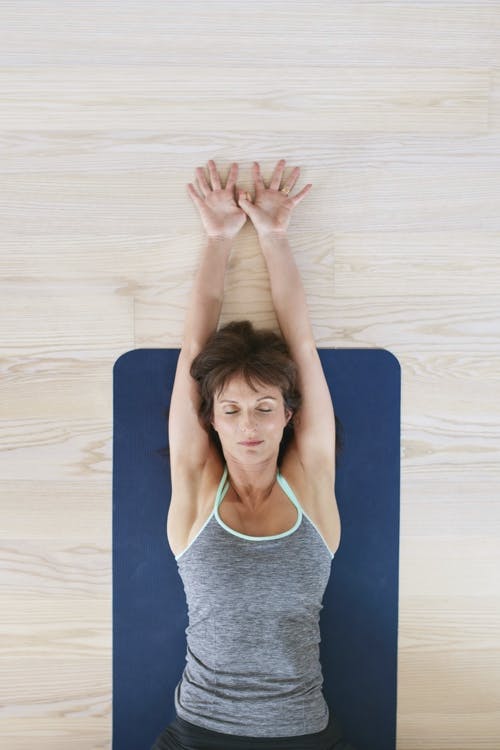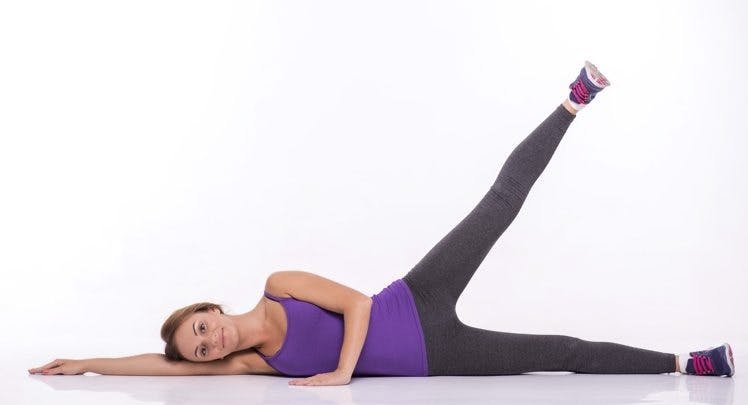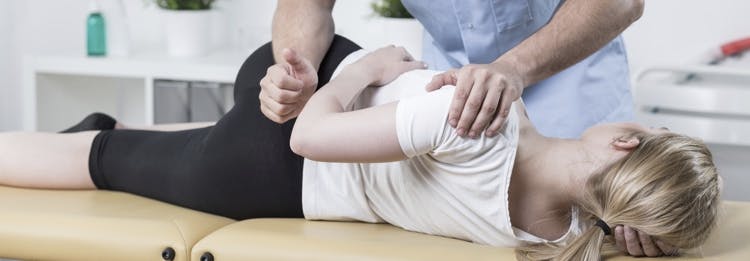What to do When Your Back Hurts…
Does your back pain grab you when getting out of the bed in the morning, after standing for a while, or do you have to think twice when bending down to pick something up? Different types of back pain, can tell you different problems that are occurring with the function of your spine.
Most people will experience back pain at some point in their life. Whether as a result of poor shoes, pregnancy, injury or just plain old bad posture, back pain is something that far too often cannot be ignored.
That doesn’t mean, however, that back pain is something that can’t be fixed. Below are some tips that can help you relieve your back pain. For long-term relief, physical therapy is an ideal solution to back pain, offering support for the muscles, tendons, ligaments, tissues and joints that make up the complex nature of your back.
What Causes Back Pain?
Your spine is incredibly complex in the way that it moves. It relies on good strength, proper movement of all the moving parts, and coordination. When either one of these is affected, other areas, especially the low back, are strained.
Different sources of back pain will cause pain to develop in different areas of the back. Pain that occurs higher in the back, almost near the neck or shoulders, for example, is often the result of tension or tightened muscles. Pain that develops here is often acute and non-severe, and can frequently be addressed through massage.
Low back pain, including pain that develops in the lumbar area, however, is sometimes the result of herniated discs, damage to the lumbar spine, poor pelvic strength, or even as a result of nerve compression associated with sciatica.
When you have back pain, you need to consider the following factors:
- Does your pain become better or worse at different times of day?
- Does your pain change depending on the type of shoes that you wear?
- Is your pain more significant after you’ve been on your feet for extended periods of time?
- Does the pain radiate or shift, moving from the lower part of your back up, or down into your legs?
- Is the pain accompanied by any level of numbness or tingling?
Simple actions you can do to start feeling better…
Improve Your Flexibility
Improving the range of motion in your spine, pelvis and hips can make a big difference in the ability of your spine to function. For example, when bending forward, if your hamstring muscles are tight, it will change the mechanics of your spine, causing increased load and strain. Furthermore, tightness in the mid and upper back from prolonged sitting with increase strain to the low back.
Stretch your hamstrings
In a sitting position, figure 4, gently lean forward to feel a gentle stretch in the back of your thigh. Hold for 30 seconds and repeat 3 times on each side.
Stretch your upper back
Lying on your back with your knees bent to support your low back, gently reach with both arms overhead to feel a slight stretch in your upper back. Hold for 5 seconds and repeat 10 times overhead. See if this makes your low back feel better.
Improve Your Core Strength
Your core muscles are made up of your abdominal, pelvis, and spinal muscles. Knowing the right exercises to strengthen your core can help to provide the support you need to your low back.
Strengthen your hips
Lie on your side and keep your body straight, with the lower leg slightly bent. Keep the upper leg straight and then lift half way up. Try to feel the muscles in the outer thigh and hip working. Perform 10-15 reps, 2-3 times each side, per day.
Strengthen your core muscles
Lie on your back with your knees bent. Slightly tighten your abdomen, then lift slightly towards the ceiling. There should be no pain, but feel the muscles working in your abdomen, hips and gluteals.
Treatment for Back Pain
In many cases back pain will go away on its own, but sometimes it doesn’t. The best way to prevent back pain from becoming chronic is to act early with restorative and therapeutic interventions. While it may seem counterintuitive, resting for a prolonged period of time can actually make back pain worse. In many situations, the best thing that you can do is get up and be active, stretching your back muscles and helping your back to heal before the pain settles in.
Physical therapy is an ideal solution to back pain, as it combines the most effective exercises with targeted application based on your individual needs. Your physical therapist will develop a PT routine dependent on the type of pain you are experiencing, where you are experiencing the pain, and whether the pain is acute (short-term), recurrent, or chronic.
As not all back pain is the same, physical therapy is tailored to your individual problem and following components:
- Mobility exercises
- Stretching exercises
- Hands on therapy for correction of poor spinal joint mobility
- Hands on therapy for muscle spasm
- Education for better preventative back care
- Training for proper lifting, bending and pulling
- Use of hot and cold therapy
- Proper braces, back-support and footwear
Through targeted movements, specialized stretches and regular interventions and guidance, your physical therapist can help you experience lessoned pain with reduced recovery time, as well as restored mobility. Don’t attempt any physical therapy exercises on your own without first receiving guidance from your physical therapist.
Always consult your physical therapist or physician before starting exercises you are unsure of doing.

